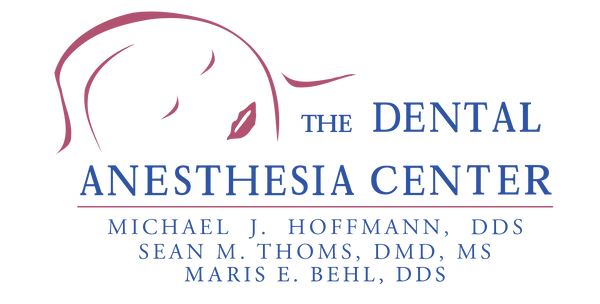Different dental procedures require different types of anesthesia, each with a timeline for wearing off. Contact us today.
For many patients, one of the most common questions after dental procedures involves the duration of numbness from anesthesia. Whether you’re planning a dental procedure or have just completed one, understanding the timeline of dental anesthesia can help you better prepare for your recovery and manage your daily activities.
Have questions about dental anesthesia or need to schedule a procedure? Our experienced team is here to help you understand what to expect and ensure your comfort throughout your dental treatment. Contact us today to learn more or schedule your consultation.

Types of Dental Anesthesia and Their Duration
Different dental procedures require different types of anesthesia, each with a timeline for wearing off. Let’s explore how long you can expect to experience numbness based on the type of anesthetic used.
Local Anesthesia
Local anesthesia, the most common type used in dental procedures, typically lasts between 2 and 4 hours. However, various factors can influence this duration. The specific medication used plays a significant role:
- Lidocaine, the most commonly used local anesthetic, usually provides numbness for 1-2 hours. This short-acting anesthetic is perfect for brief procedures like simple fillings or quick repairs.
- Articaine offers slightly longer numbness, typically lasting 2-3 hours. Dentists often choose this option for procedures requiring more time, such as root canals or crown preparations.
- Bupivacaine, a long-acting anesthetic, can provide numbness for up to 8 hours. This option might be selected for extensive procedures or when extended pain control is beneficial.
Factors Affecting Anesthesia Duration
Several factors can influence how long dental anesthesia lasts in your system:
- Body Mass and Metabolism: Your body weight and metabolic rate can affect how quickly you process the anesthetic. Generally, people with faster metabolisms may find the numbness wearing off sooner.
- Injection Location: The location of the injection in your mouth matters. Anesthesia in the lower jaw typically lasts longer than in the upper jaw due to bone and tissue structure density.
- Individual Sensitivity: Some people naturally process anesthetics more quickly or slowly than others. Your personal history with anesthesia can help predict how you might react.
Timeline of Wearing Off
The wearing-off process typically follows a predictable pattern:
- First Hour: Complete numbness in the affected area. You may experience difficulty speaking, drinking, or eating.
- 2-3 Hours: Numbness begins to fade, starting with the lips and tongue. You might begin to feel a tingling sensation.
- 3-5 Hours: Most numbness dissipates, though some residual effects might remain, particularly after deeper injections.
- 5+ Hours: Any remaining numbness should be minimal, though the complete sensation might take a few more hours to return fully.
Managing the Recovery Period
While the anesthesia is wearing off, it’s important to take certain precautions:
- Avoid eating until you regain feeling to prevent accidentally biting your cheek, tongue, or lips. When you do eat, start with soft foods at room temperature.
- Be careful with hot beverages, as you might not be able to feel if they’re too hot, potentially leading to burns.
- Consider scheduling important meetings or presentations for another day, as speaking might be difficult while you’re numb.
Special Considerations

Children and Anesthesia
Children might need extra attention while the anesthesia wears off. They may be more likely to bite their lips or cheeks accidentally. Close supervision during this period is essential.
Elderly Patients
Older adults might metabolize anesthesia differently, sometimes experiencing longer periods of numbness. They should be particularly careful about eating and drinking while numb.

When to Contact Your Dentist
While extended numbness is usually not a cause for concern, certain situations warrant contacting your dental office:
- Numbness lasting significantly longer than expected (more than 5-6 hours for standard procedures)
- Development of unexpected symptoms like severe pain or swelling
- Complete lack of feeling after the expected wearing-off period
- Persistent altered sensation in the treated area
Tips for Speeding Up Recovery
While you can’t drastically accelerate the wearing-off process, certain activities might help:
- Gentle facial massage (once approved by your dentist)
- Light physical activity to increase circulation
- Staying hydrated
- Maintaining normal body temperature
Planning Around Your Procedure
When scheduling your dental procedure, consider the anesthesia duration in your planning:
- Allow enough time for the numbness to wear off before important events
- Arrange transportation if necessary
- Plan meals accordingly
- Schedule important meetings or presentations for another day
Contact The Dental Anesthesia Center Today
Have questions about dental anesthesia or need to schedule a procedure? Our experienced team is here to help you understand what to expect and ensure your comfort throughout your dental treatment. Contact us today to learn more or schedule your consultation.

